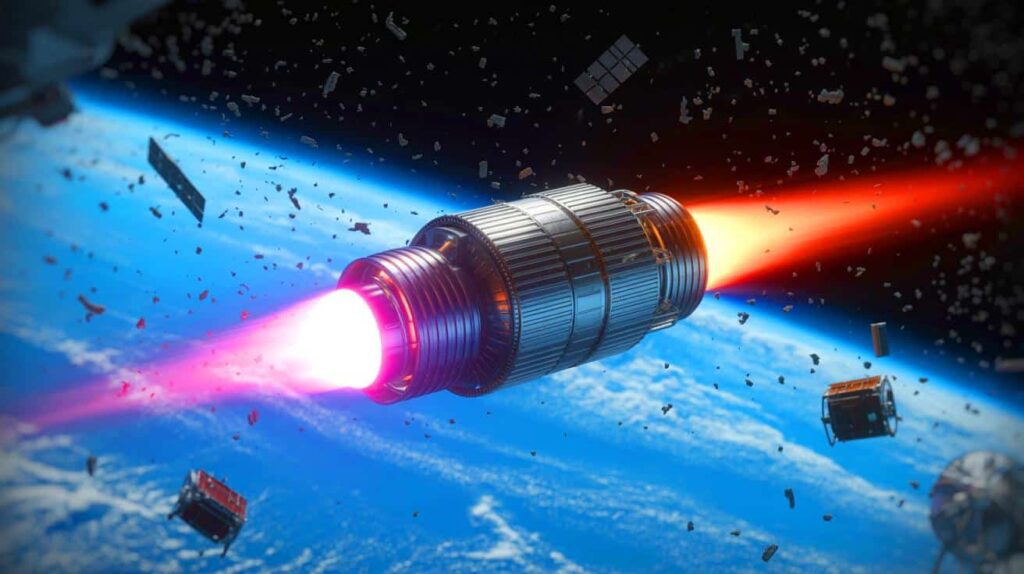The increasing accumulation of space debris in Low Earth Orbit (LEO) poses significant risks to satellites and future space endeavors. A study from Tohoku University in Japan is exploring innovative solutions using plasma thrusters, based on fusion reactor technology, to address this issue. These thrusters could effectively slow down and remove large debris, offering a sustainable method for maintaining space activity.
As more satellites are launched, the risk of collisions, which could lead to a cascade of further debris termed Kessler syndrome, becomes acute. Scientists have proposed both contact and non-contact methods for debris removal. Among the most promising is the use of bidirectional plasma thrusters that create opposing plasma beams to alter the trajectory of debris.
Recent advancements have shown these thrusters can achieve significant deceleration, making them a viable option for debris management. However, operational challenges and the need for international cooperation remain hurdles. Despite these complexities, the potential impact of effective debris removal could revolutionize space exploration and ensure the sustainability of future missions.
Source link


